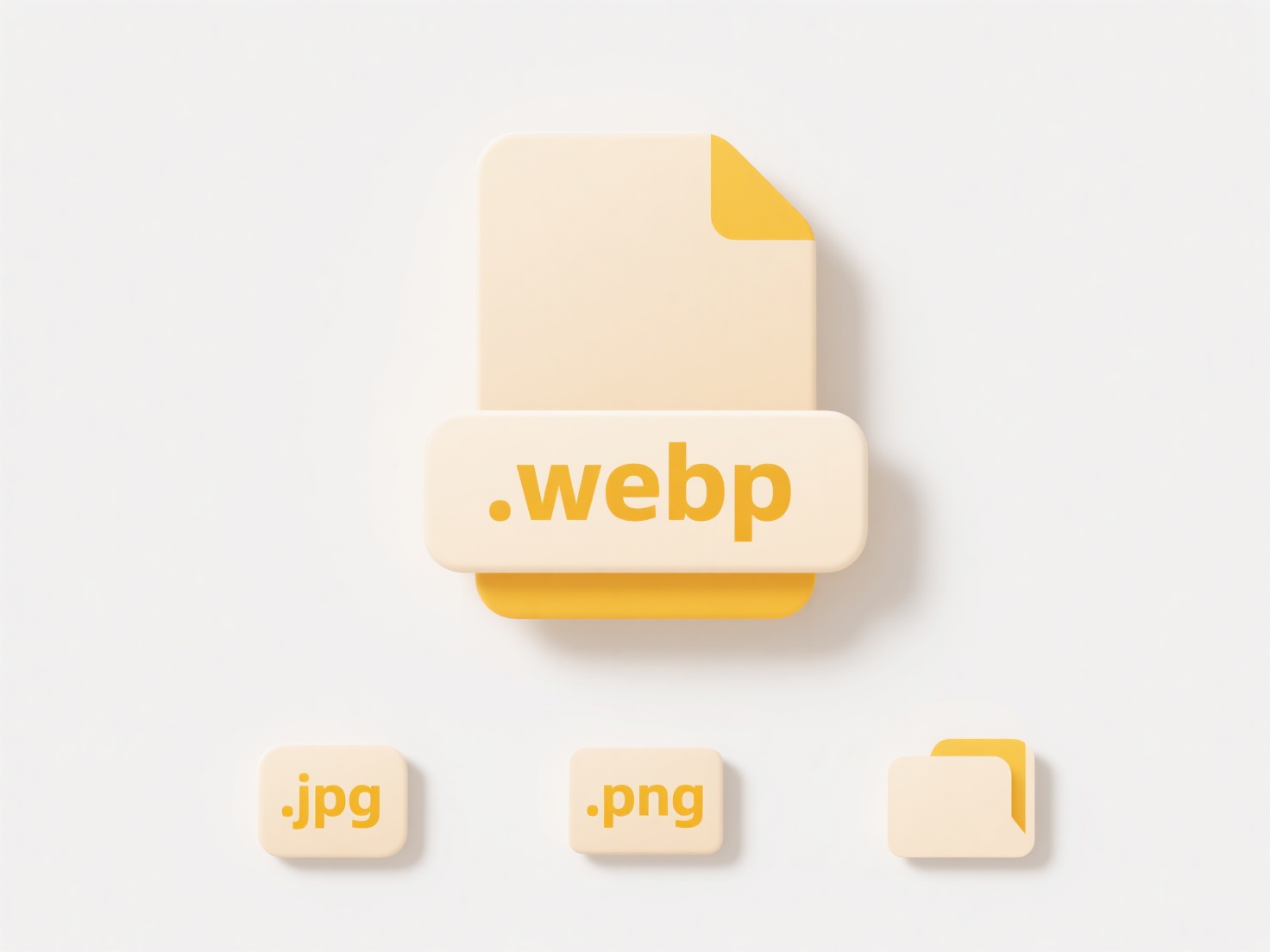
Changing a file name can sometimes resolve specific types of upload errors, primarily those related to formatting issues within the name itself. Upload systems impose rules on filenames, often prohibiting special characters (like \ / : * ? " < > |), spaces, or excessive length. If a filename violates these rules, the upload fails with an error. Changing the name removes these problematic elements, enabling the system to accept the file.

For example, changing a file named "Budget_Q1:2023.xlsx" (illegal colon) to "Budget_Q1-2023.xlsx" allows it to upload. Similarly, replacing a very long filename like "ThisIsMyExtremelyDetailedReportContainingImportantData_Final_V2_Draft.docx" with "Report_Final.docx" can overcome length restrictions, common in systems like SharePoint, cloud storage (OneDrive, Dropbox), or custom web forms.
The main advantage is its simplicity and immediacy for rule-based errors. However, renaming won't fix issues like file corruption, format incompatibility, network problems, or server-side permission limits. Ethical considerations involve ensuring new filenames remain descriptive and avoid misleading information. While an effective quick fix for naming problems, reliance on filename changes doesn't address underlying system or data integrity issues.
Can changing a file name fix an upload error?
Changing a file name can sometimes resolve specific types of upload errors, primarily those related to formatting issues within the name itself. Upload systems impose rules on filenames, often prohibiting special characters (like \ / : * ? " < > |), spaces, or excessive length. If a filename violates these rules, the upload fails with an error. Changing the name removes these problematic elements, enabling the system to accept the file.

For example, changing a file named "Budget_Q1:2023.xlsx" (illegal colon) to "Budget_Q1-2023.xlsx" allows it to upload. Similarly, replacing a very long filename like "ThisIsMyExtremelyDetailedReportContainingImportantData_Final_V2_Draft.docx" with "Report_Final.docx" can overcome length restrictions, common in systems like SharePoint, cloud storage (OneDrive, Dropbox), or custom web forms.
The main advantage is its simplicity and immediacy for rule-based errors. However, renaming won't fix issues like file corruption, format incompatibility, network problems, or server-side permission limits. Ethical considerations involve ensuring new filenames remain descriptive and avoid misleading information. While an effective quick fix for naming problems, reliance on filename changes doesn't address underlying system or data integrity issues.
Quick Article Links
Can I use a hash or UUID for file names?
A hash or UUID can be effectively used as a file name. A hash is a unique, fixed-length string generated from the file's...
How do I review duplicates before deleting them?
Reviewing duplicates before deletion involves carefully examining potential duplicate records to verify they are unneces...
How do I search multiple drives at once in Windows?
Searching multiple drives simultaneously in Windows allows you to find files and folders across different internal, exte...